
Hey there! 😊
Have you ever found yourself lying awake at night, replaying those "what if" moments in your head?
You're not alone. Regret is a universal emotion, and while it can be painful, it also has the potential to teach us valuable lessons.
Let's dive into the latest research on the pain of regret and how it can actually help us grow.
Understanding Regret: More Than Just a Feeling
Regret often feels like a heavy weight on our shoulders, but it’s not just a pesky emotion. According to Dr. Robert Leahy, a psychologist and author, regret can help us understand our mistakes and make better decisions in the future 1. It's like our brain's way of nudging us to reflect and improve.
The Science Behind Regret
Recent studies have shown that regret is processed in different parts of the brain. Researchers at Mount Sinai discovered that two distinct types of regret stem from different brain regions: the medial prefrontal cortex and the nucleus accumbens 2. This means that not all regrets are created equal. Some might be linked to stress resilience, while others might make us more vulnerable to stress.
The Role of CREB
A gene known as CREB plays a crucial role in how we process regret. In the medial prefrontal cortex, CREB promotes stress resilience, while in the nucleus accumbens, it does the opposite, making us more susceptible to stress 2. This fascinating discovery could lead to new therapies for mood disorders, targeting specific brain regions to help us handle regret more healthily.
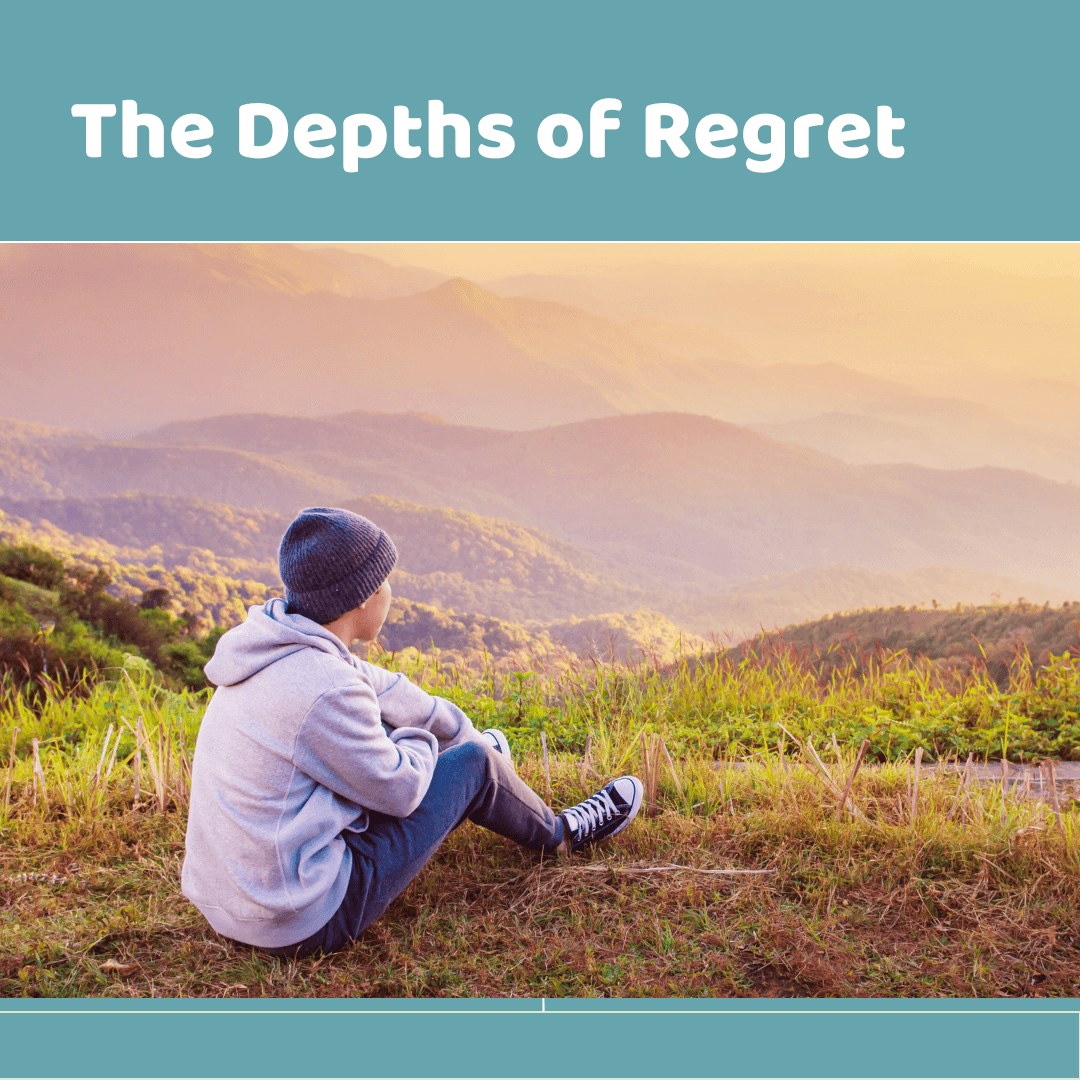
Turning Regret into a Learning Tool
So, how can we use regret to our advantage? Here's a step-by-step guide:
1. Acknowledge Your Regret
The first step is to acknowledge that you have regrets. It's okay to feel this way. Remember, everyone has regrets – it's part of being human.
2. Reflect, Don't Ruminate
Set aside some time to think about your regrets, but don't dwell on them endlessly. Psychologists recommend dedicating 10-15 minutes to reflect on a specific regret, then move on with your day 1. This prevents you from getting stuck in a cycle of rumination.
3. Learn from Your Mistakes
Ask yourself questions like:
- Why do I feel regret?
- What drove my decision then?
- What do I care about?
- What could I do differently in the future?
These questions help you understand your core values and guide your future actions 1.
4. Take Corrective Action
If your regret stems from something you did, consider making amends. Apologize if necessary, or reach out to someone you lost touch with. If it's about something you didn't do, think about what you can do now to improve your situation 1.
5. Be Kind to Yourself
Treat yourself with the same compassion you would offer a friend. Studies show that self-compassion helps people cope with regret better 1. Remind yourself that everyone makes mistakes, and it's okay to learn and move on.
Embracing a Better Future
Regret doesn't have to be a negative force in your life. By understanding the science behind it and using it as a tool for self-improvement, you can turn those "what if" moments into stepping stones for a brighter future. Remember, your windshield is larger than your rearview mirror for a reason – focus on where you're headed, not just where you've been.
Stay compassionate, keep learning, and embrace the journey ahead. 🌟
If you need support in processing or dealing with regret, please do not hesitate to reach out. I have supported clients who were experiencing regret, developed unhealthy coping skills, and they are now flourishing with their courage, vulnerability, and wisdom through self-compassion.
It take a step to book a call with me Connect with me here.
References:
- Colino, S. (2023). The Power of Regret: Learning from Mistakes for a Better Future. The Washington Post.
- Sweis, B., Durand-de Cuttoli, R., et al. (2022). Distinct forms of regret linked to resilience versus susceptibility to stress are regulated by region-specific CREB function in mice. Science Advances.
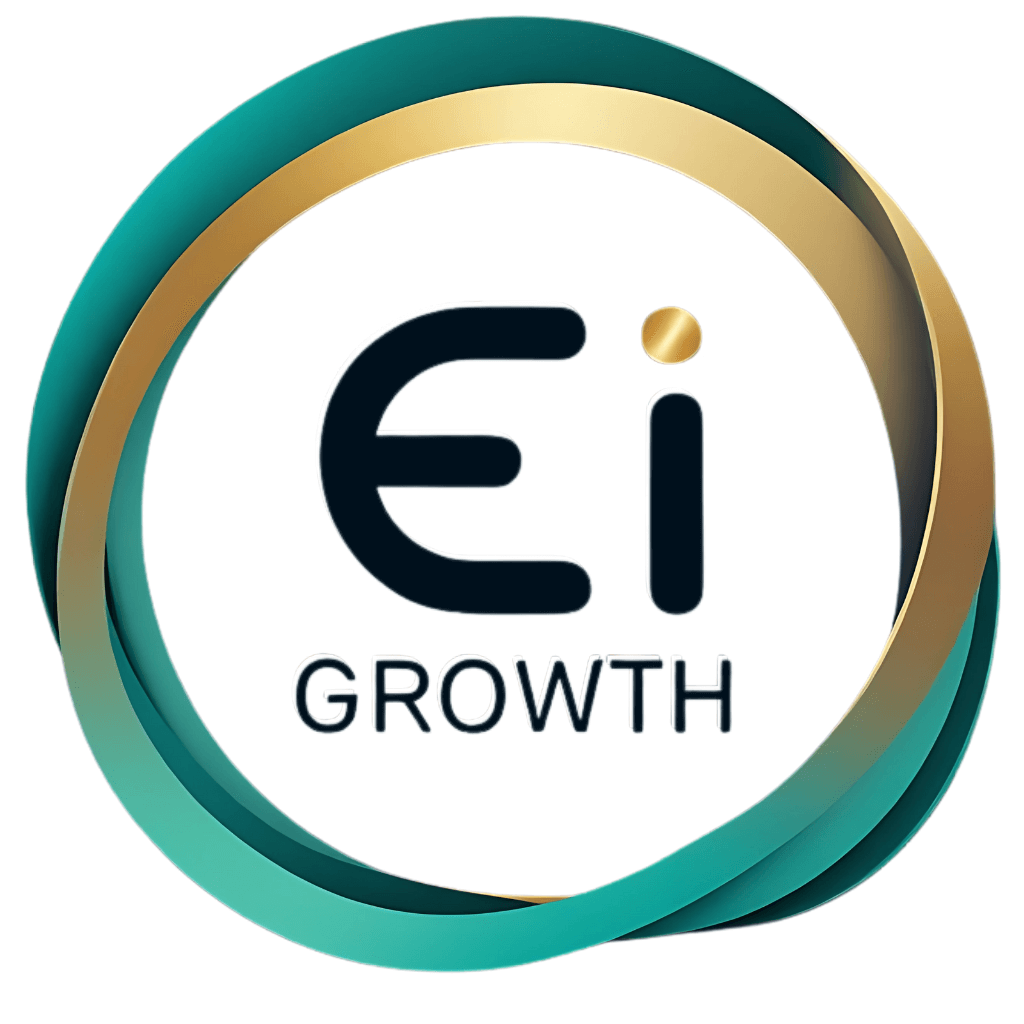
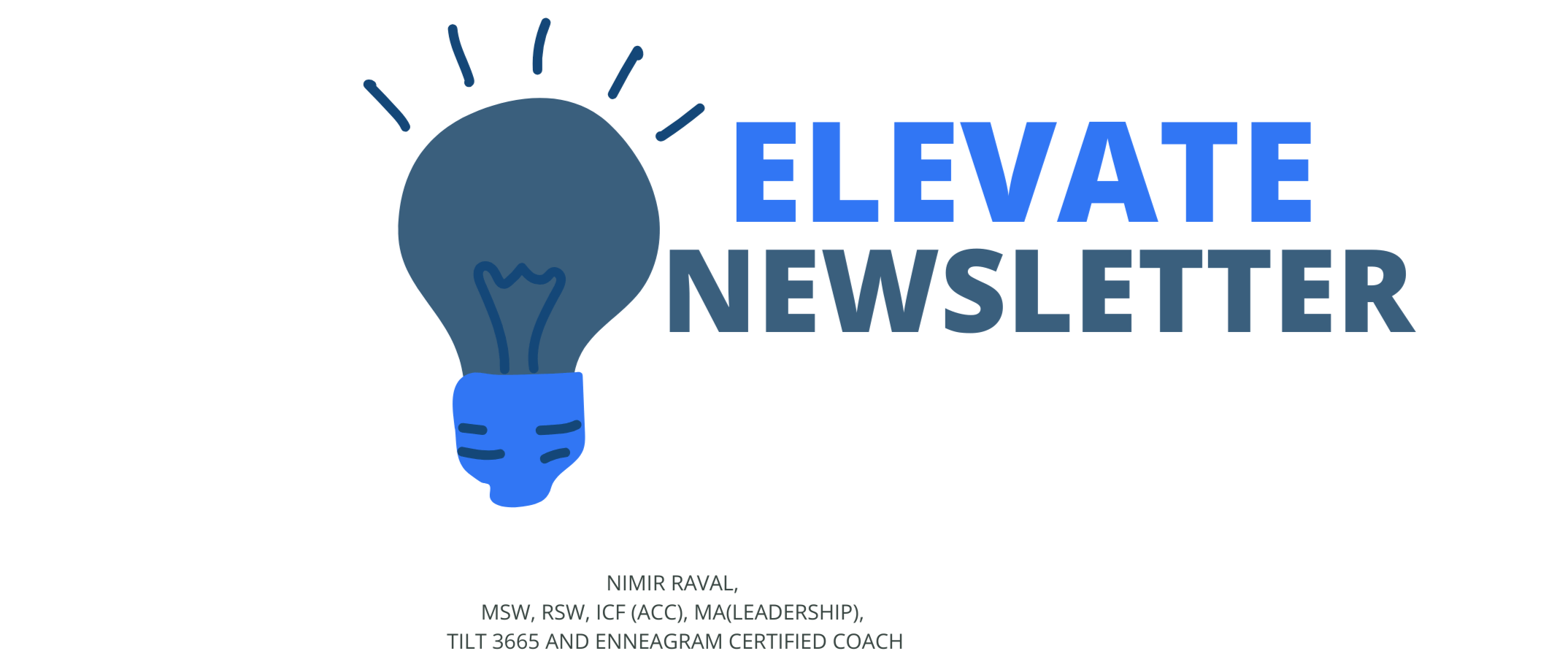
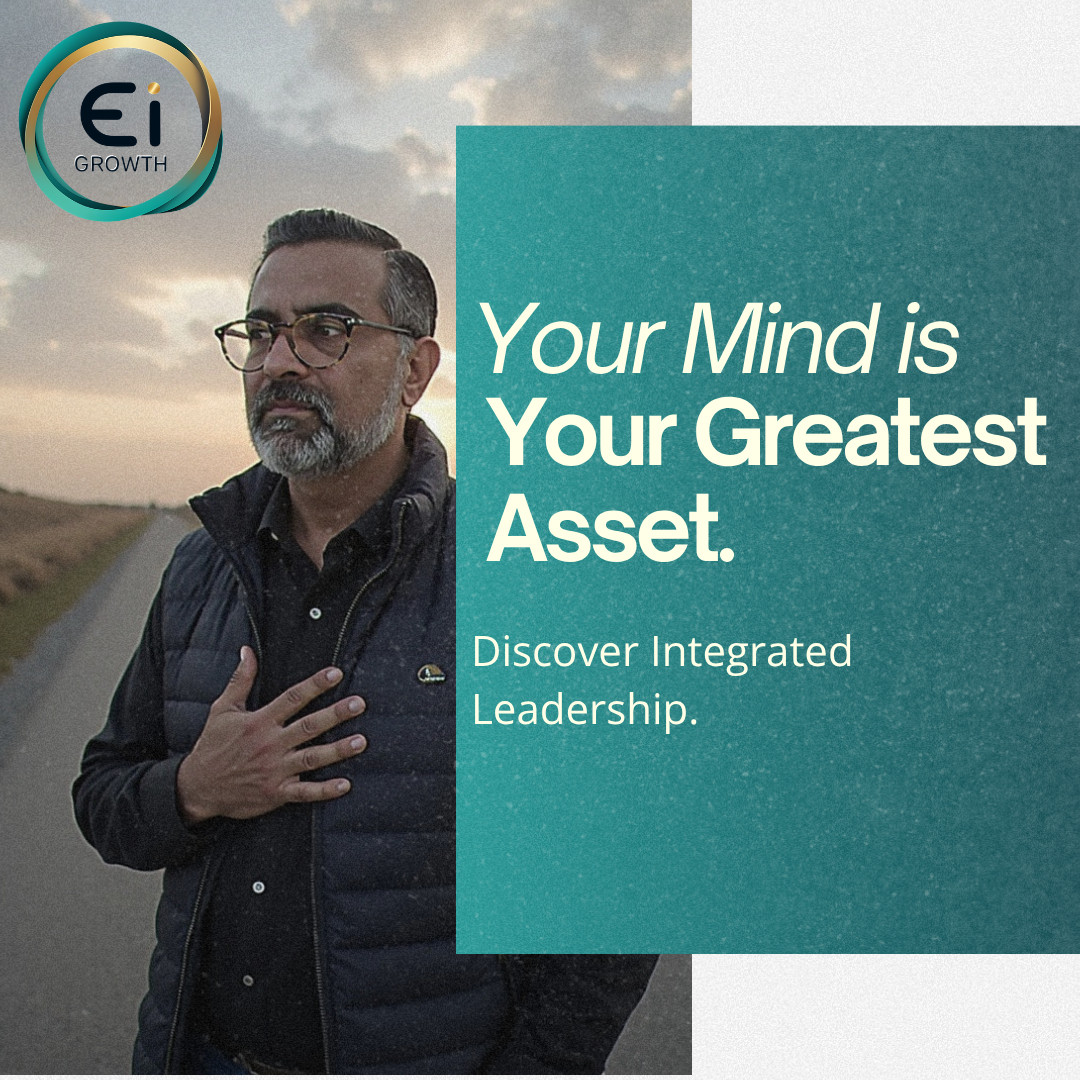


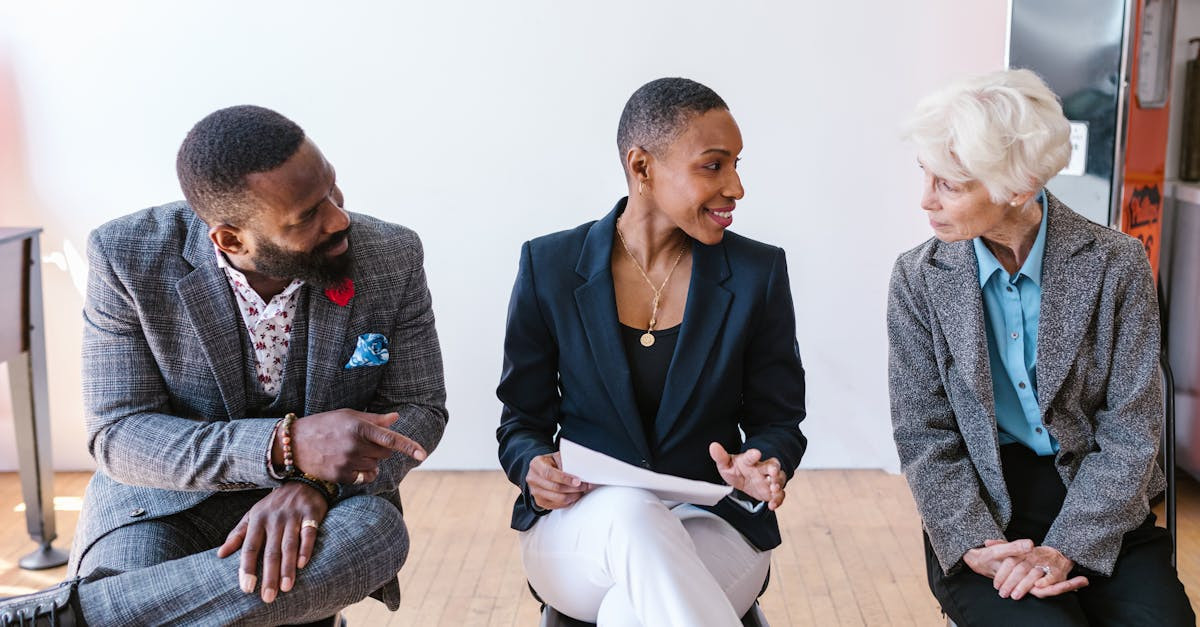
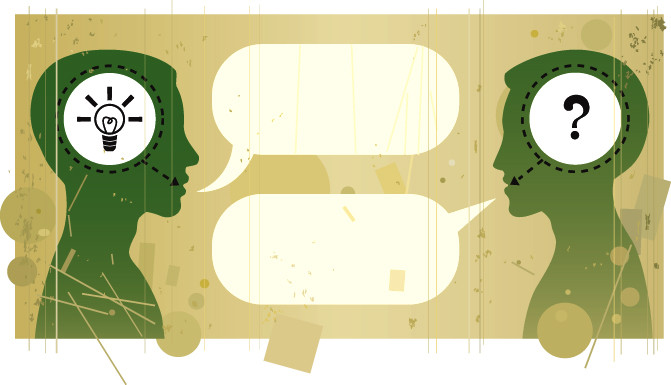
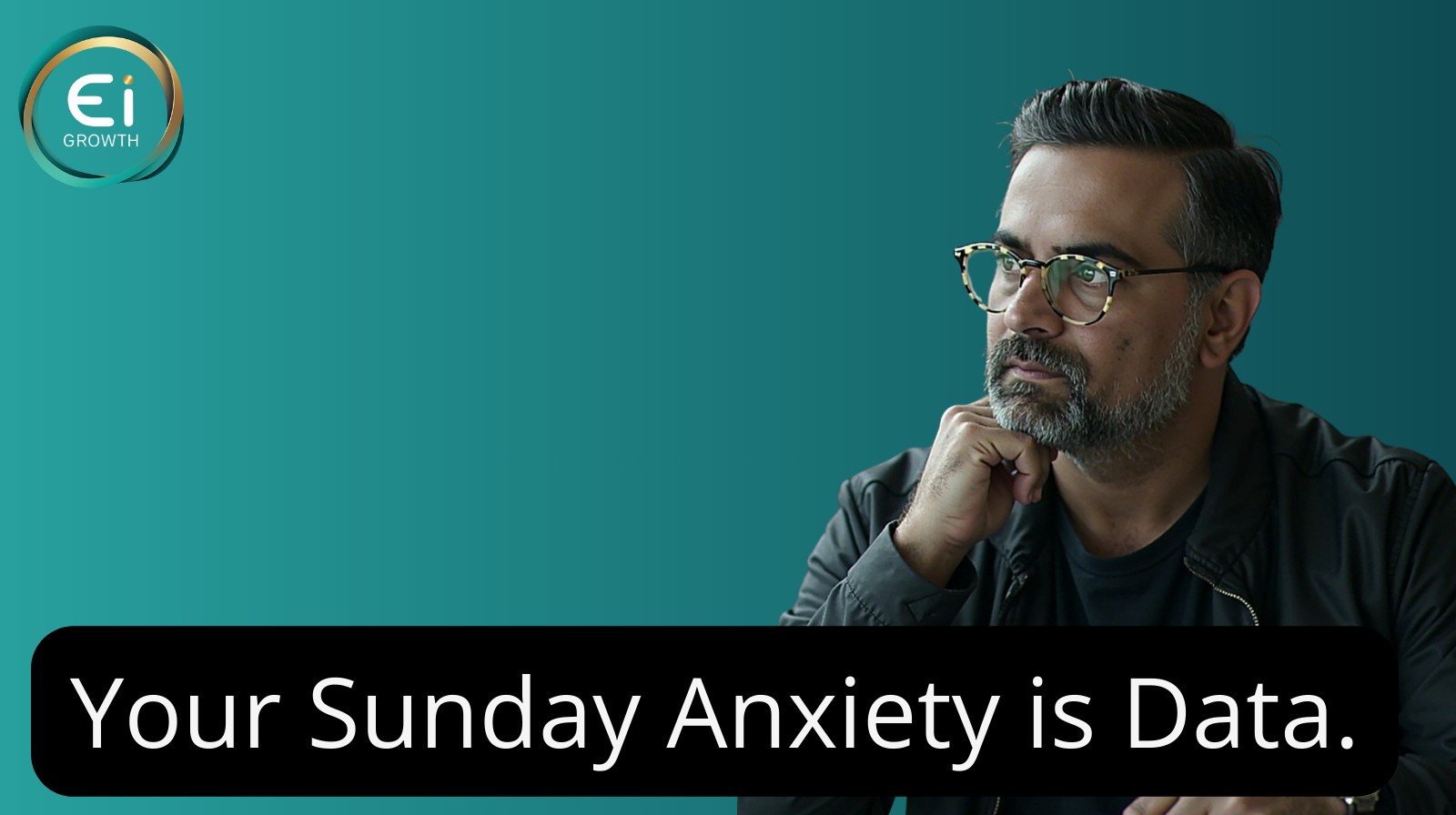

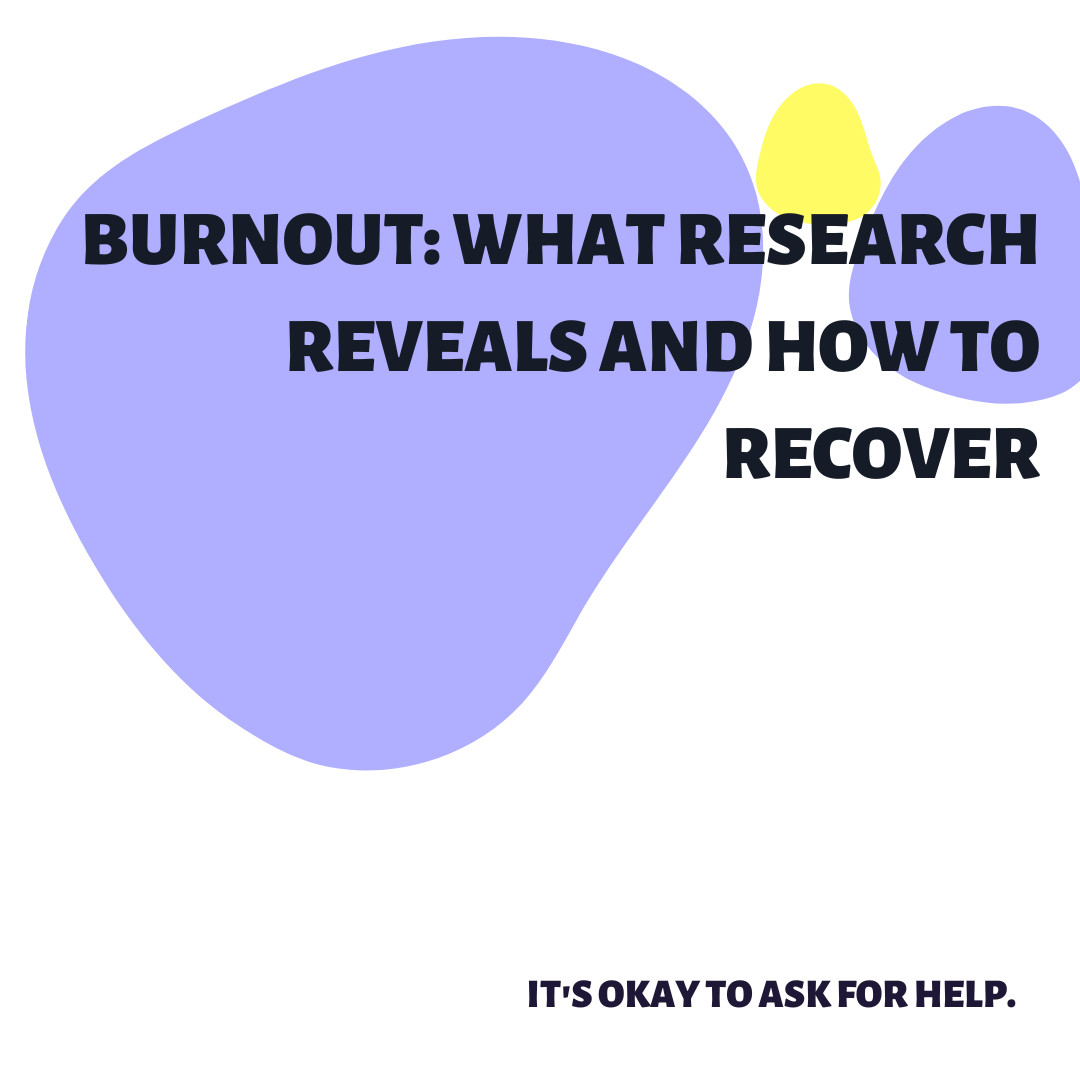
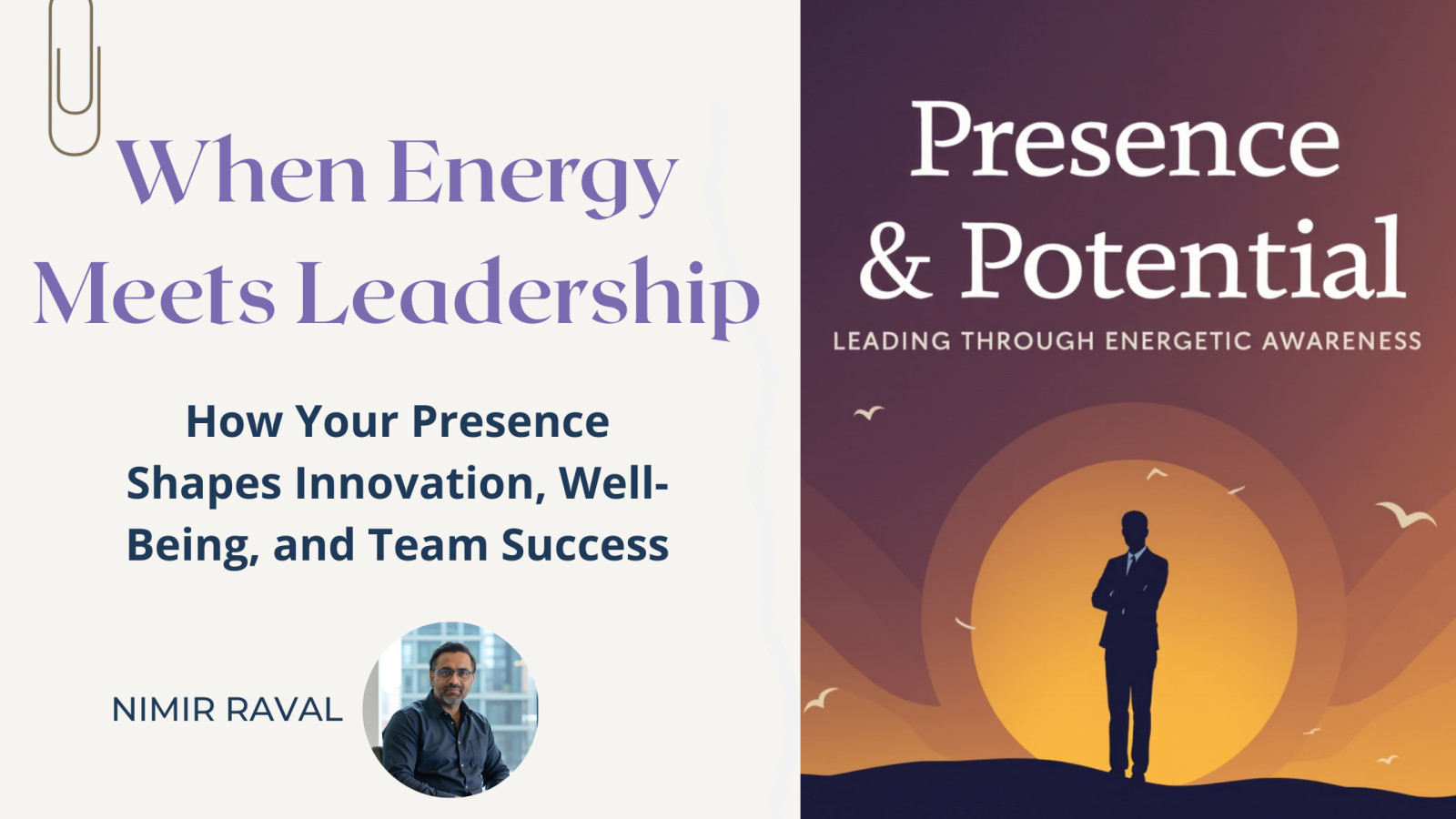
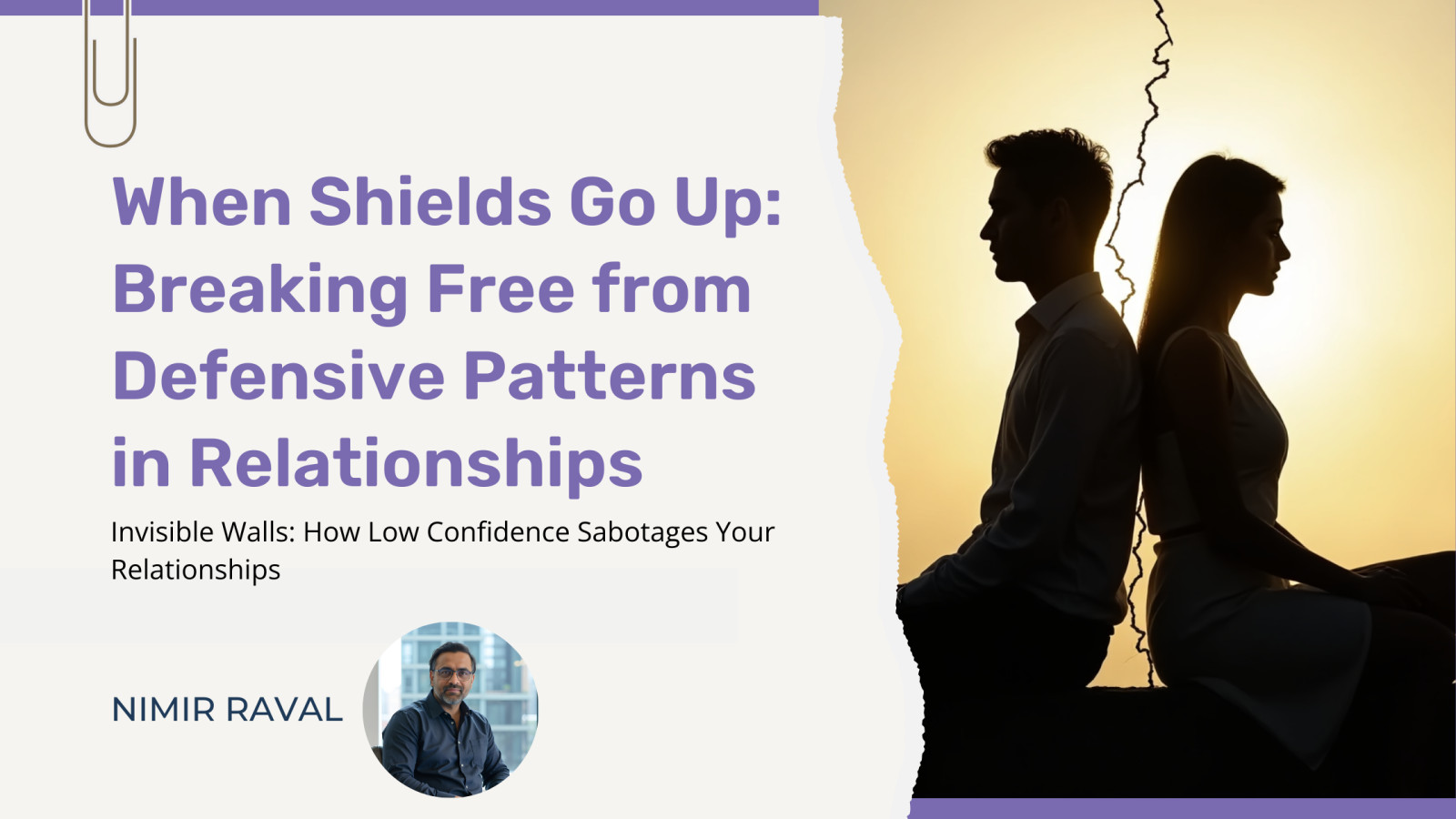

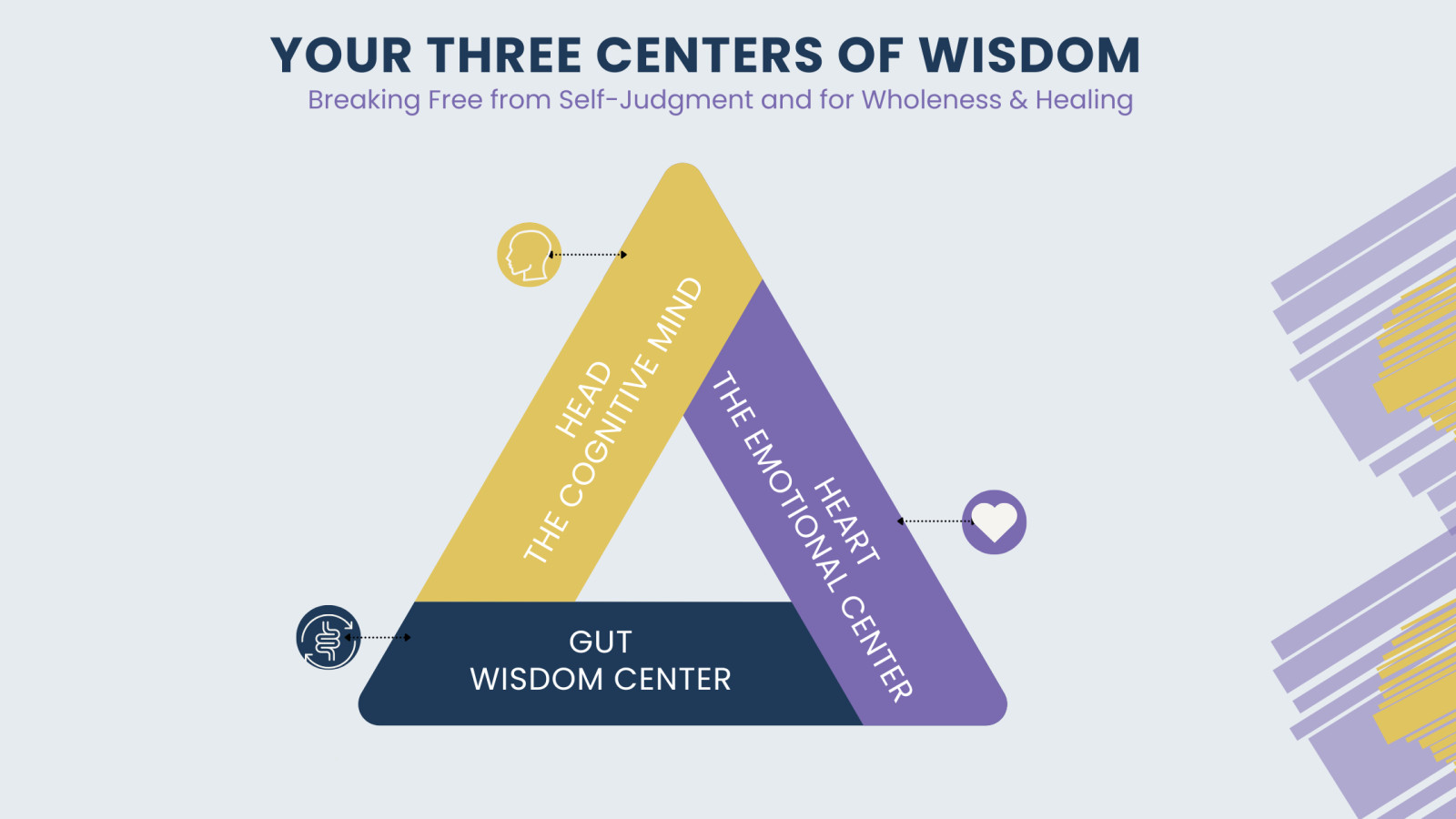

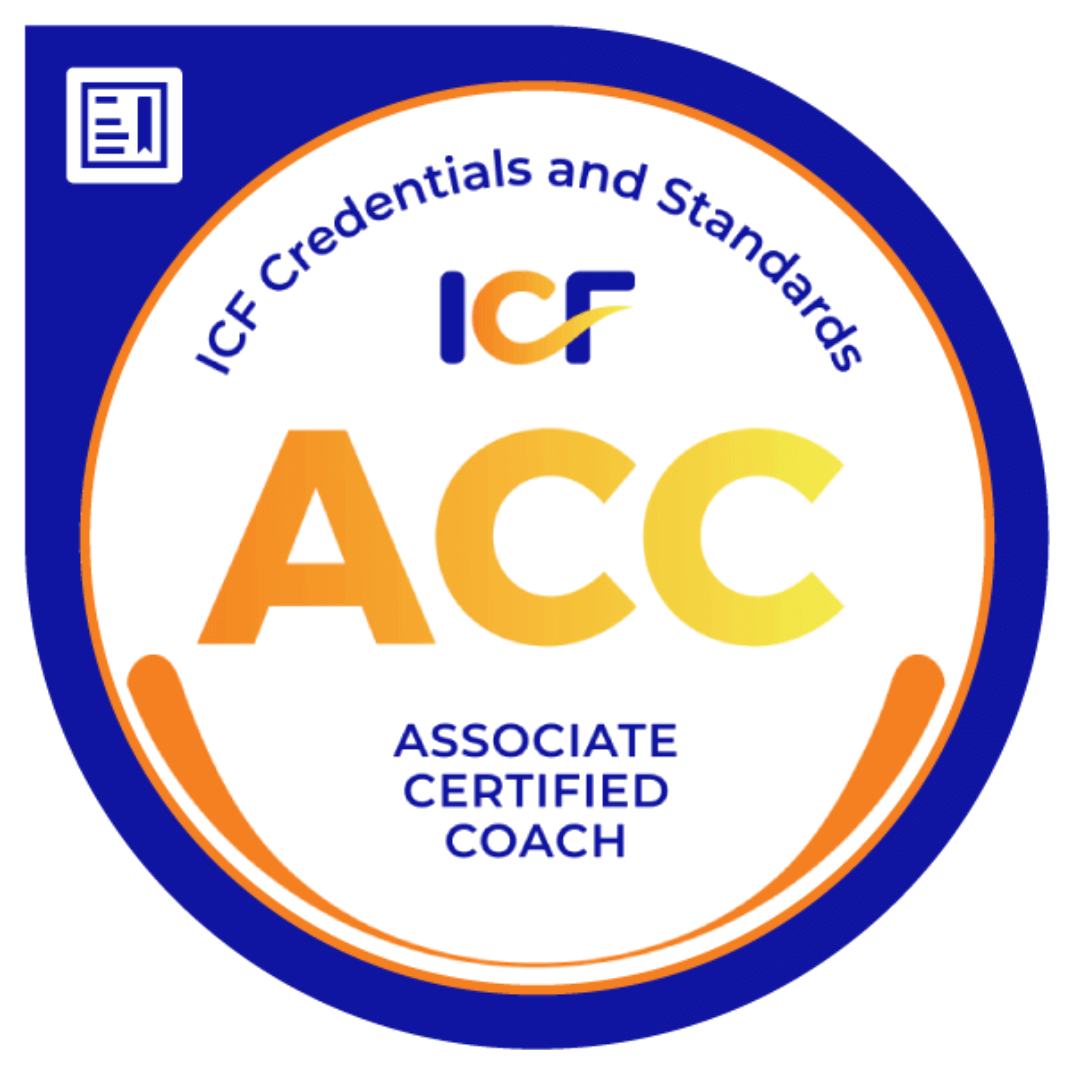
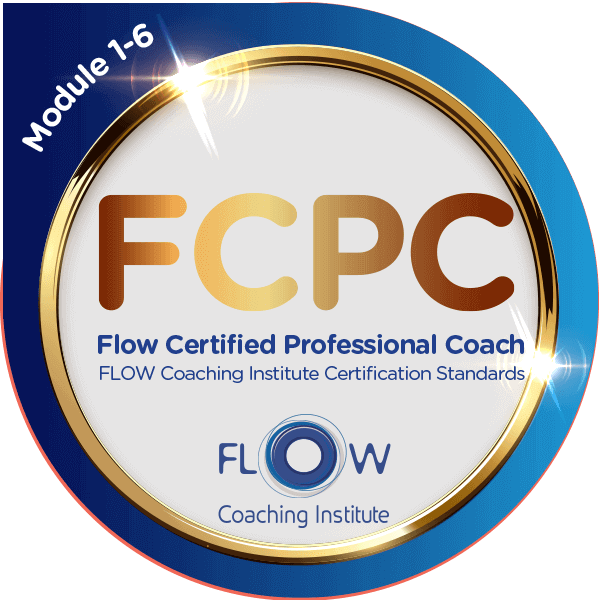
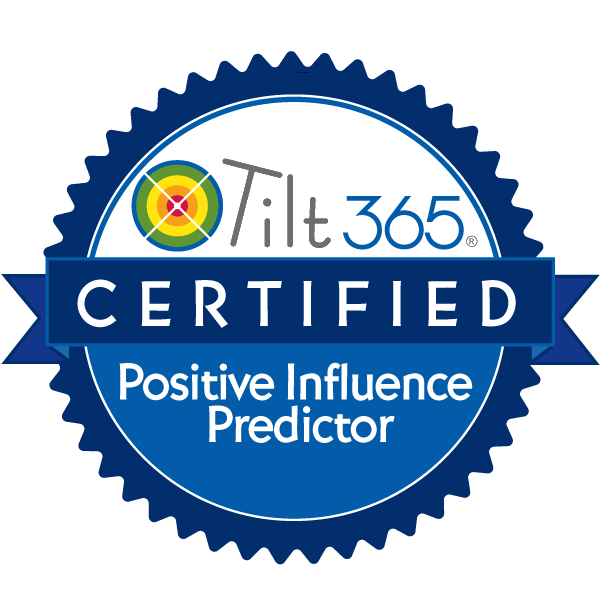
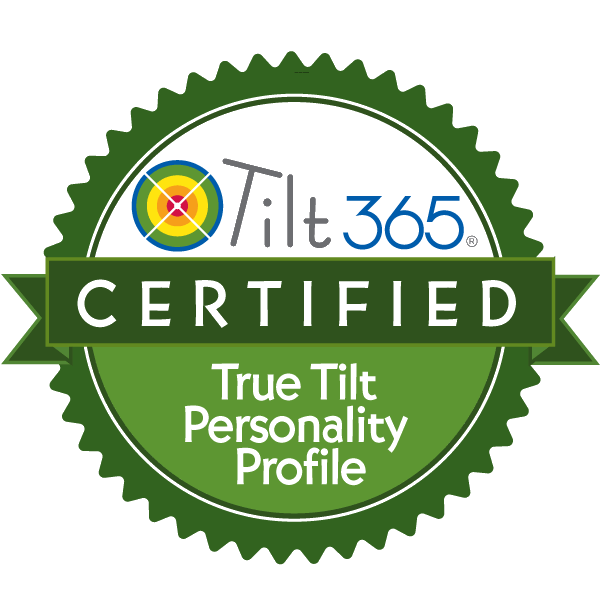
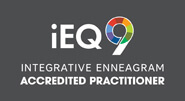
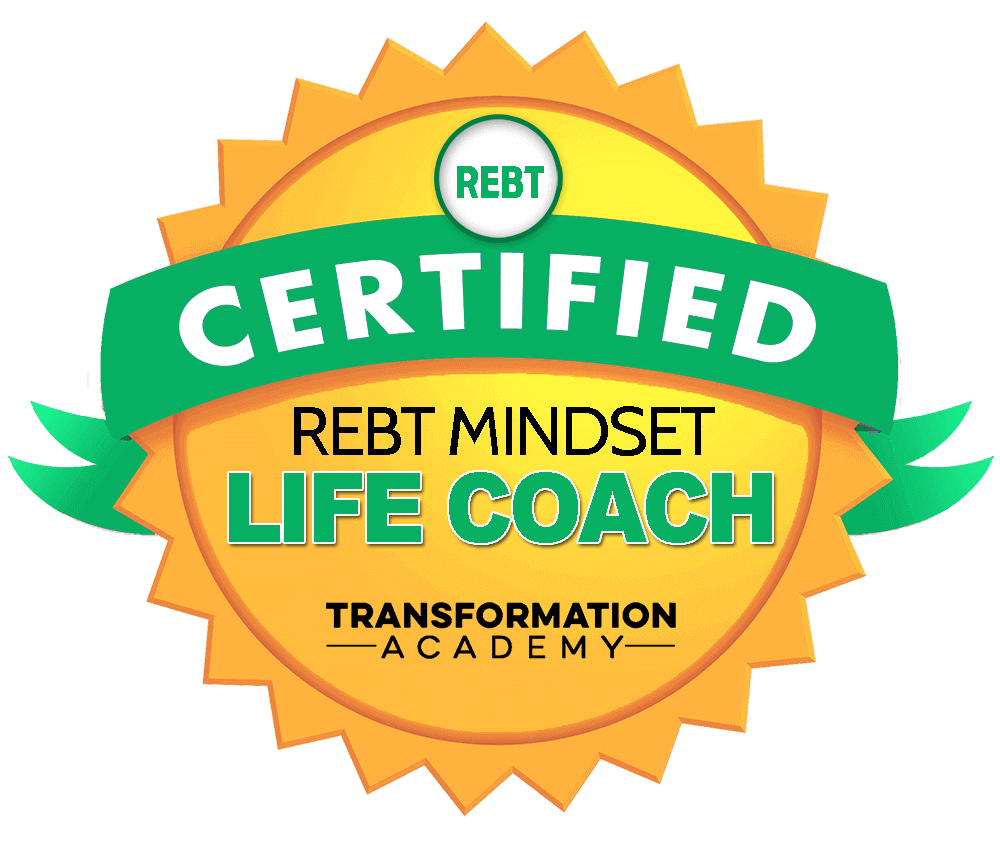
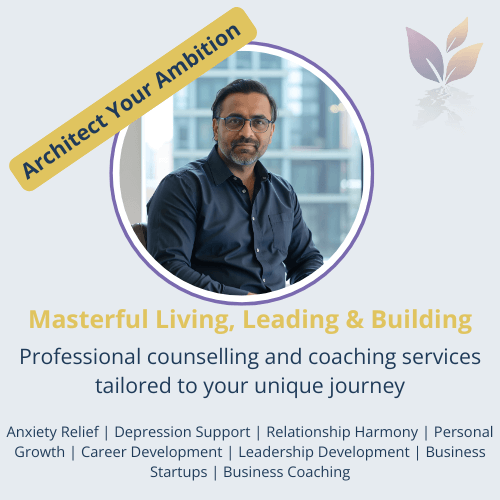
0 Comments